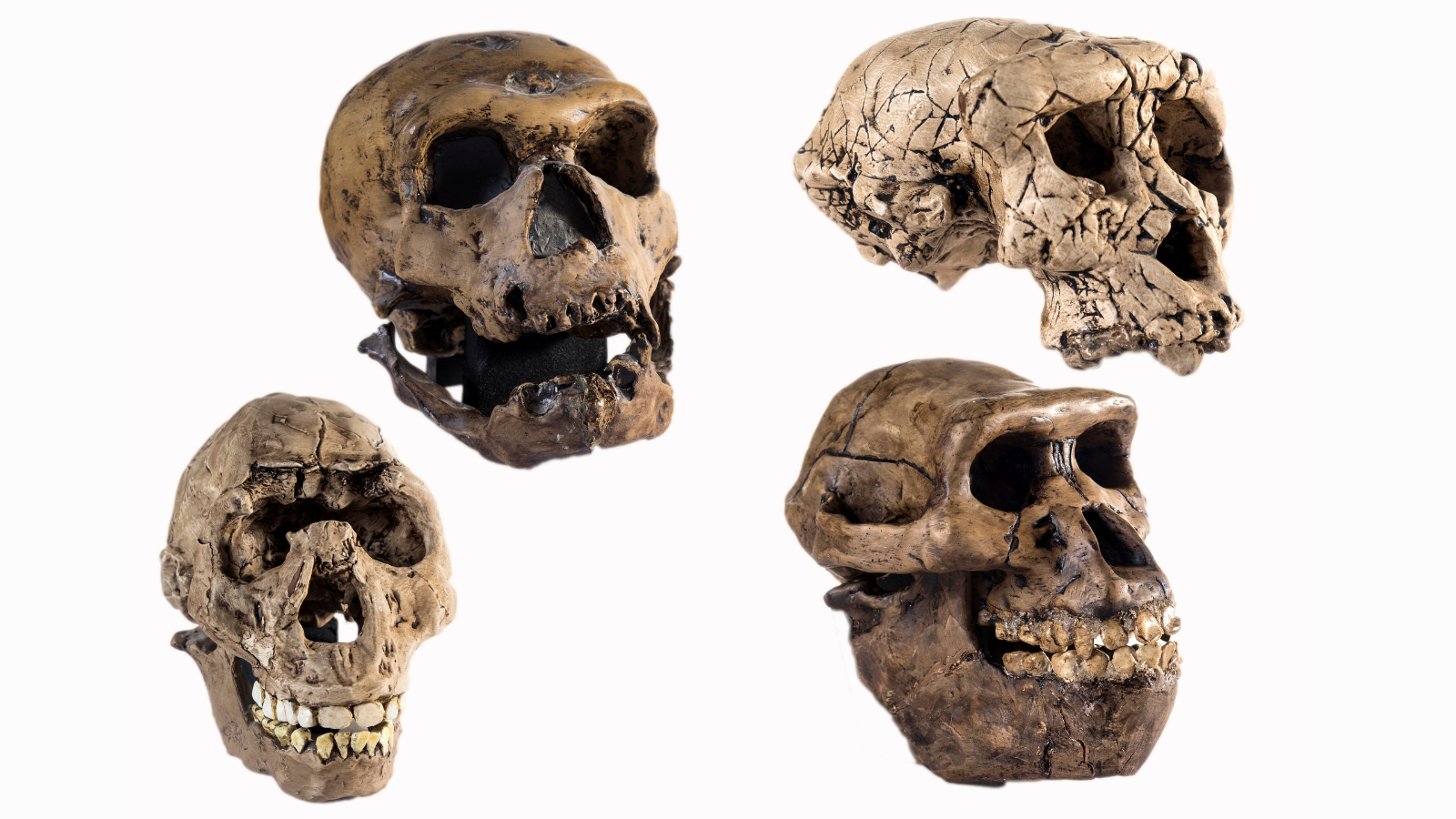Amphibian Ark to Protect Funky Frogs

Spotted salamanders, poison dart frogs and other color-splashed amphibians will leap aboard a Noah's Ark of sorts this week. The Wildlife Conservation Society has pledged its continuing participation in the Amphibian Ark, a global initiative to save hundreds of critically endangered amphibians from extinction through captive breeding in zoos. On Leap Day, as part of the Amphibian Ark mission, the WCS's Bronx Zoo, the New York Aquarium and other city zoos will raise awareness of the plight of amphibians as they welcome the 2008 Year of the Frog. At least 120 species of frogs, toads, salamanders and other amphibians have perished since 1980, and up to half of the remaining 6,000 species may soon succumb to extinction, according to WCS. Habitat loss, climate change, pollution and diseases have all contributed to the dwindling amphibians. Many species are already benefiting from the safe-nest of WCS zoos. For instance, zoos have bred hundreds of the Kihansi spray toad, a species that is considered extinct in the wild. The tiny toad, whose body is under an inch long, was once found only in an isolated river gorge in Tanzania where fine mist from cascading falls kept away predator safari ants and kept the habitat at a nearly constant temperature. Other slimy stars, such as the endangered Puerto Rican crested toads and Wyoming toads, have been released back into the wild after successful zoo breeding.
- Vote: The World's Ugliest Animals
- Image Gallery: Amphibian Tree of Life
- Why Are Frogs Disappearing?
Get the world’s most fascinating discoveries delivered straight to your inbox.
Jeanna Bryner is managing editor of Scientific American. Previously she was editor in chief of Live Science and, prior to that, an editor at Scholastic's Science World magazine. Bryner has an English degree from Salisbury University, a master's degree in biogeochemistry and environmental sciences from the University of Maryland and a graduate science journalism degree from New York University. She has worked as a biologist in Florida, where she monitored wetlands and did field surveys for endangered species, including the gorgeous Florida Scrub Jay. She also received an ocean sciences journalism fellowship from the Woods Hole Oceanographic Institution. She is a firm believer that science is for everyone and that just about everything can be viewed through the lens of science.


